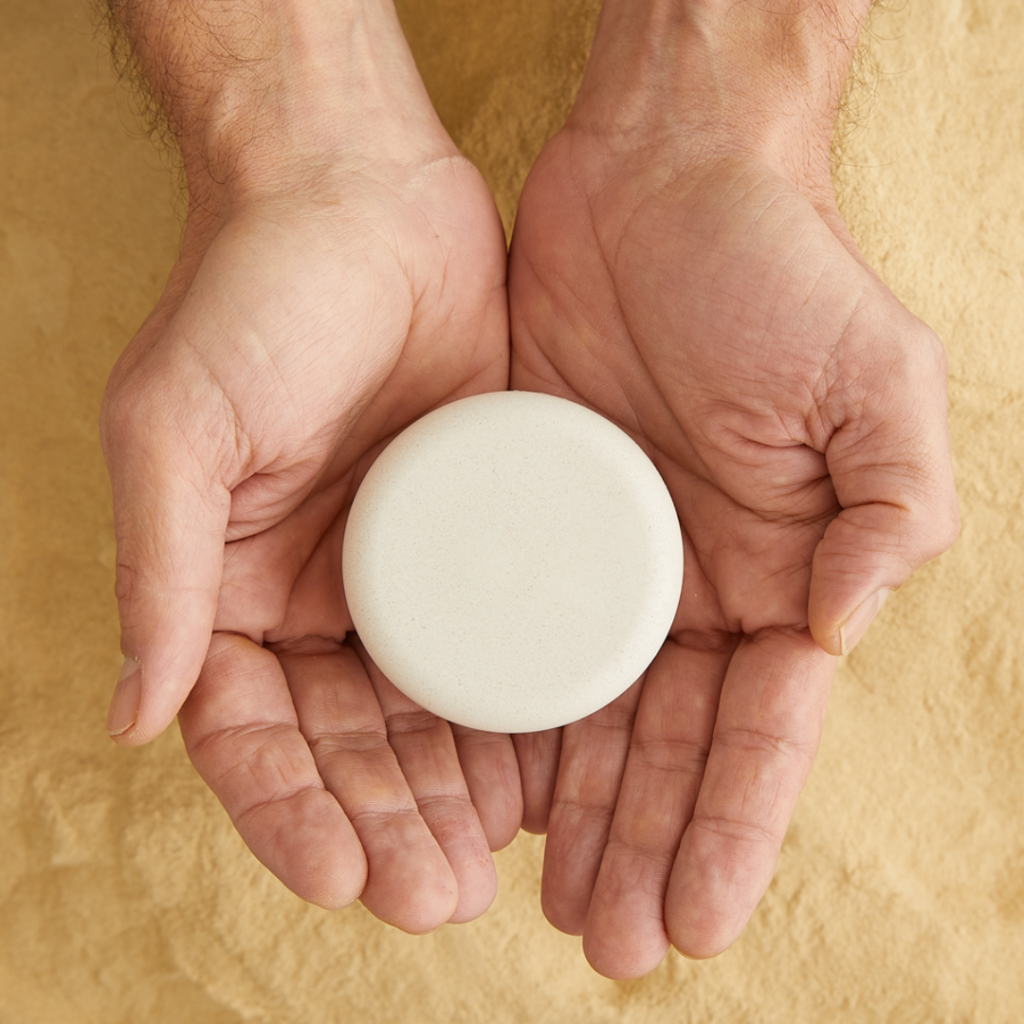The beauty industry, once notorious for its environmental footprint, has undergone a significant transformation in recent years. As consumers become more environmentally conscious, the demand for sustainable beauty products has skyrocketed. This article delves into the evolution of clean beauty, the challenges faced by brands, and the steps taken to ensure a greener future through sustainability in the beauty industry.
The Evolution of Sustainability in the Beauty Industry
There was a time when sustainability and beauty seemed at odds. The beauty industry, with its heavy reliance on single-use products and plastic packaging, was a significant contributor to environmental degradation. However, the rise of the “clean beauty” movement marked a turning point, emphasizing sustainability in the beauty industry.
The Environmental Impact of the Beauty Industry
According to the U.S. Environmental Protection Agency, a staggering third of landfill waste comes from the beauty industry. With 120 billion units of packaging produced annually and shipping contributing over 1 billion tons of CO2, the environmental impact is undeniable.
However, with the increasing demand for clean products, especially post-COVID-19, there’s a pressing need for sustainability in the beauty industry.
Embracing Sustainability in the Beauty Industry: Packaging and Ingredients
Clean beauty today focuses on two main components: sustainable cosmetic packaging and clean ingredients. Achieving both is challenging due to the complexities of sourcing ethical ingredients and eco-friendly packaging materials.
However, the effort is crucial as consumers increasingly hope to contribute to the beauty industry by making eco-friendly choices, and are willing to pay a premium for sustainable products.
Packaging Solutions for a Greener Future
Brands are exploring innovative packaging solutions, such as refillable products, to promote sustainability in the beauty industry.
At Novsus, we are experts in sustainable cosmetic packaging. It is our belief that nothing is more sustainable than a component that you don’t have to produce. And that is exactly what we use to do our packaging. Have you ever heard about Oryzite?
This material is made from rice husk, one of the largest agro-industrial by-products in the world, and it can’t be digested by humans nor animals.
Every year, 150.000.000 tonnes of rice husk are produced around the world, and now we can turn them into Oryzite, a material that, combined with a polymer, becomes a greener, more sustainable and more efficient alternative to plastic.
If you are looking for ways to contribute to sustainability in the beauty industry with your cosmetic brand, do not hesitate and get in touch with us. We are looking forward to working with you and designing the best sustainable packaging for your product.
The Push for Clean Ingredients in Cosmetics
Minimalism in ingredients, “green” cosmetics, and upcycling are some of the trends driving clean ingredients in beauty products. Brands are focusing on transparent and sustainable labeling, ensuring that consumers are aware of what they’re applying to their skin. Ethical sourcing, especially for ingredients like mica, is also a priority. This push for clean ingredients is central to promoting sustainability in the beauty industry.
Company Transparency: How Brands Hope to Contribute to a Sustainable Beauty Industry
With limited FDA regulation in the beauty industry, companies are taking the initiative to set their sustainability standards.
Greenwashing, or the act of falsely portraying products as environmentally friendly, is a significant concern. However, with 57% of consumers valuing transparency, brands hope to contribute positively to the beauty industry’s sustainability efforts with open communication.
Striking a Balance: Sustainability in the Beauty Industry and Realistic Actions
Transitioning to sustainable practices is challenging, especially for established brands. While finding sustainable ingredients and packaging solutions is essential, implementing them without compromising on quality is equally crucial.
Every company will have an ecological footprint; the goal is to minimize it while delivering quality products.
In conclusion, sustainability in the beauty industry is not just a trend but a necessity. As consumers become more aware of the environmental impact of their choices, brands must adapt and innovate.
By focusing on sustainable packaging, clean ingredients, and transparent practices, the beauty industry can hope to contribute significantly to the environment and society.



